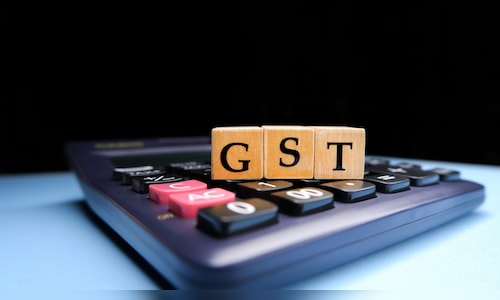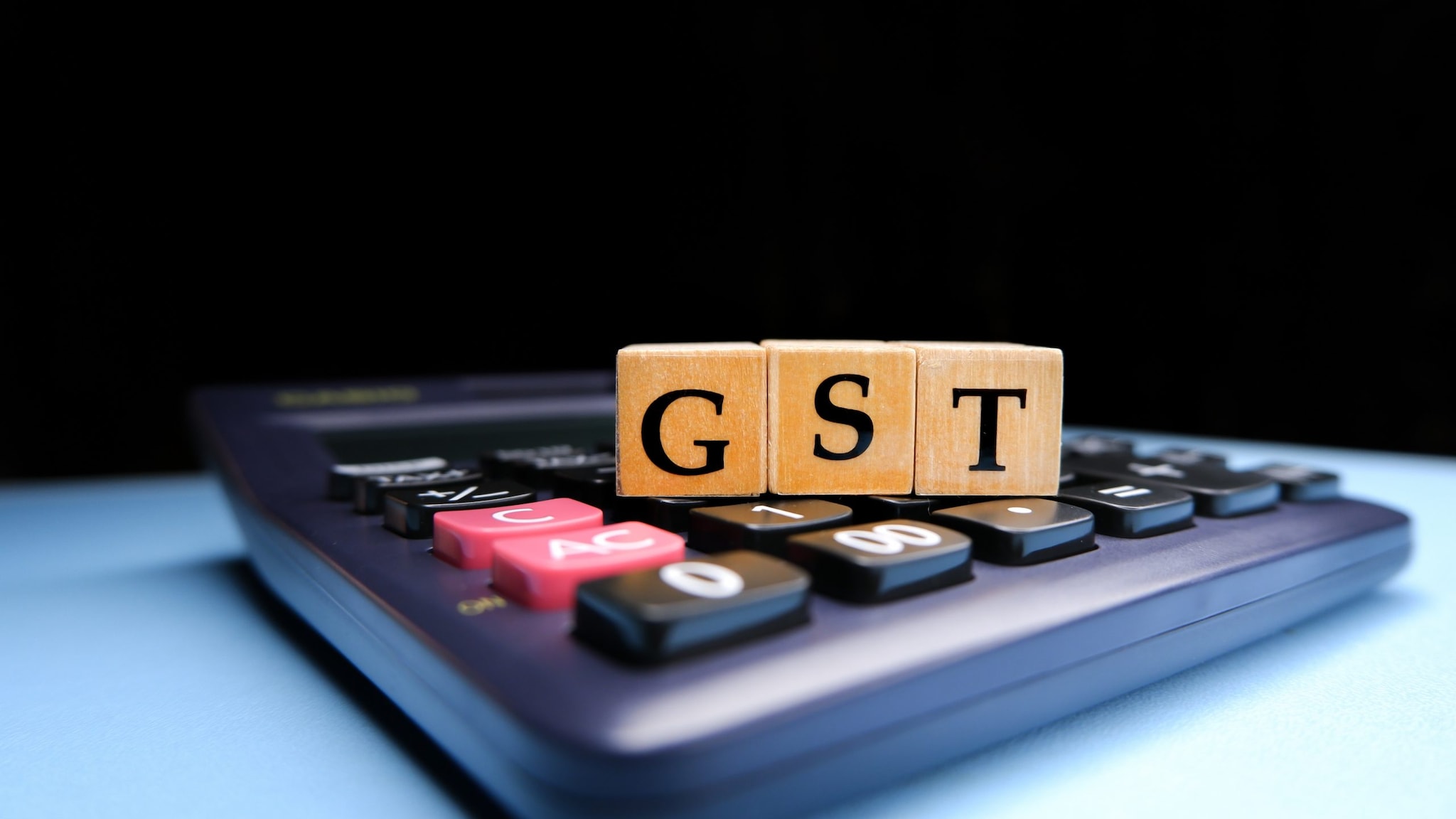

The GoM has also proposed retaining the current four-slab structure of GST whilst introducing this special rate. This dual approach is designed to balance the need for revenue generation with the demand for a more streamlined tax system.
The final decision on these proposals will be made during the upcoming GST Council meeting, scheduled for December 21 in Jaisalmer, Rajasthan.
This was among a slew of proposals aimed at changing the rates on roughly 148 items, including a hike in the rates on cosmetics, watches, shoes, handbags, etc; a 28% tax on luxury items from these categories; a reduction in the rates on bottled water, bicycle, exercise books; a decrease in tax (from 18% to 5%) on insurance premiums for non-senior citizens and exemption from 18% tax on senior citizens’ insurance, as well as pure-term life insurance premiums.
In September, the GST Council established a 10-member Group of Ministers (GoM), to determine the future of the compensation cess, headed by Minister of State for Finance Pankaj Chaudhary. The panel, which includes representatives from Assam, Chhattisgarh, Gujarat, Karnataka, Madhya Pradesh, Punjab, Tamil Nadu, Uttar Pradesh, and West Bengal, has been tasked with submitting its report by the end of this month.
In its last meeting on September 9, the council decided to maintain the 28% GST on gaming and casinos, despite a remarkable 412% increase in online gaming revenue, which reached ₹6,909 crore in six months. This revenue surge follows the July 2023 decision to tax both skill-based and chance-based online games at the higher rate, effective October 1, 2023.



